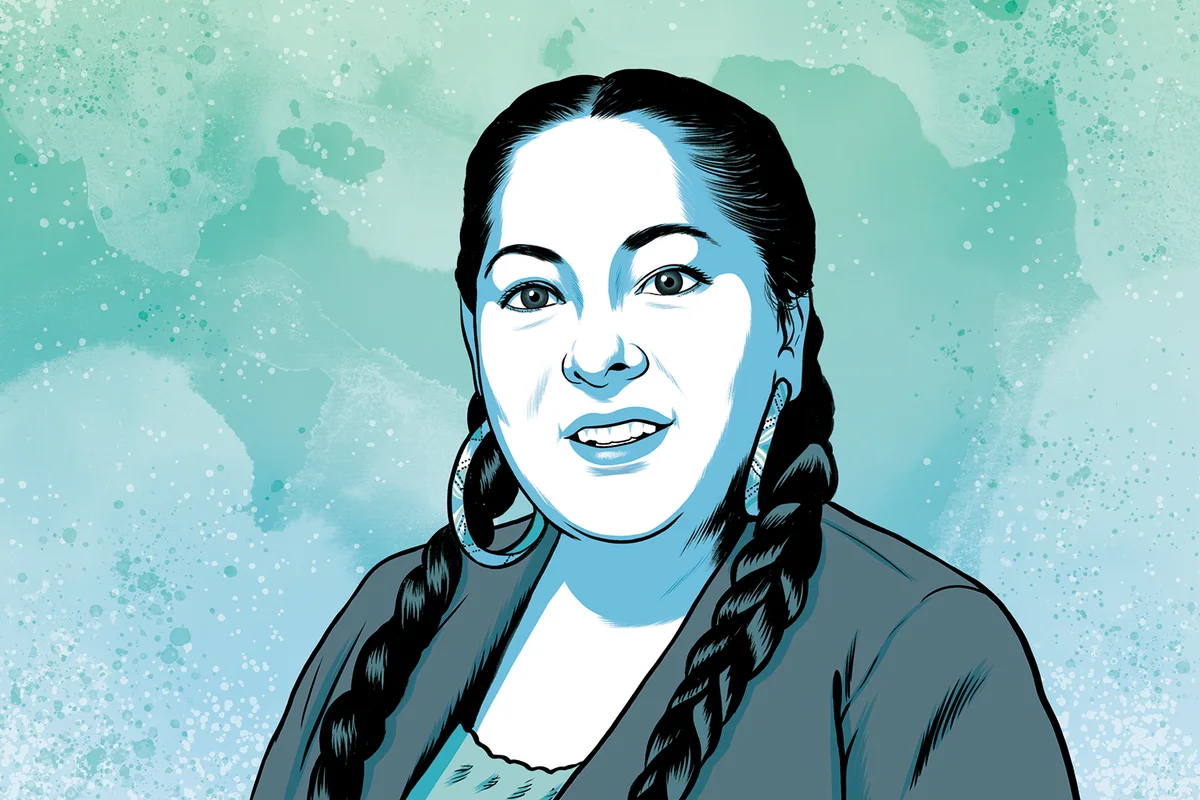
Tuesday dawned bright and clear, with seasonably-cool morning lows mostly in the 40s, feeling properly autumnal for Sept. 30. The average Buffalo high and low temperatures are now down to 67 and 50, which gives you an idea of how statistically spoiled we have been by lots of recent upper 70s and Monday’s 81. The warmest day of the month was Sept. 21, when the high reached 85. The small monthly positive anomaly of 1.8 degrees has allowed the Buffalo Lake Erie temperature to hold at 69 degrees, now 4 degrees above average.
Our dry spell hasn’t yet broken any significant record, but it has been exceptional. Buffalo received 1.33 inches of rain for September, running 2.63 inches below average. July was our driest summer month, at just .77 inches, but our yearly liquid deficit is 9.4 inches, about 33% below average for the year, and growing by the day. This has resulted in a large part of our region being in moderate drought as of the most recent U.S. Drought Monitor.
When the Monitor is updated Thursday, I wouldn’t be surprised to see some small part of Western New York being elevated to severe drought designation. The persistence of the dry spell is still showing no signs of dissipation in the next seven days, at a minimum. Weather Prediction Center estimated rainfall for our region in that time period continues to show no measurable precipitation.
One saving grace is the slower evaporation rate with the lower angle of the sun, and light winds on most days.
In the near term, a northeast flow of dry air ahead of a Canadian ridge of high pressure will drop nighttime lows Tuesday and Wednesday into the 40s (upper 30s in some valleys), and will take the Wednesday high down to the low-to-mid 60s.
A brisk breeze of 12-18 mph will put an extra nip in the air in the shade, and knock some more leaves off trees rooted in now-parched soil. Foliage will continue to brighten into next weekend, tempered by drought-related leaf drop-off and some muting of color brightness.
Thursday, the ridge will move eastward, getting us back to a moderating southeast flow. Under a mostly sunny sky, that should boost the high back to the upper 60s-low 70s.
What was originally a cool Canadian ridge will take up residence near the Atlantic seaboard Friday into early next week. It will transition into a warm ridge.
The southerly flow on Friday should return the high to the mid-70s, boosted to the upper 70s on Saturday and, by Sunday and Monday back to 80.
Tailgating in the sun will be almost toasty Sunday, but with a pleasant southwest breeze. For the evening game, wind will not be a significant factor, and temperatures will fall into the 60s with a clear sky.
By Tuesday, a weak cool front will approach the eastern Great Lakes, with an increase in cloud cover. Despite the WPC depiction of zero rain through Tuesday, the European model does show some widely scattered showers Tuesday.
Listen now and subscribe: Apple Podcasts | Spotify | RSS Feed | SoundStack | All Of Our Podcasts
On the other hand, even in this wettest model, there is no significant relief from the drought with uneven coverage of minor amounts of rainfall.
In the extended range, the 51-member (many multiple model runs for a better sampling) ECMWF/EPS ensemble mean shows less than 1 inch of rain by Oct. 15 in Western New York.
Keep in mind, there is greater uncertainty for precipitation than temperatures in this time range, along with likely uneven coverage of any rain that falls.
Following some modest cooling Tuesday-Wednesday, the ensemble mid level flow mean depicts a return to warmer than average conditions by late next week.
There are still no hints of a pathway for persistent colder air to reach the Great Lakes by mid-October.
The Climate Prediction Center is in agreement with this analysis in their temperature anomaly outlooks.
U.S. spared worst impacts from Imelda; unusual interplay between hurricanes
Imelda has reached hurricane intensity, and is likely to attain Category 2 intensity as it makes its hard right east-northeast turn into the Atlantic. It is bringing nothing more than showers and a gusty breeze to the coastal Carolinas, along with some beach erosion and moderate coastal flooding on the Atlantic side of the Outer Banks. For Bermuda, it is a different story. On Tuesday, Bermuda was taking a hit from distant but powerful Hurricane Humberto, passing well to the west, but still producing hurricane force winds on the island. The tropical rains are evident on the Bermuda Weather Service radar.
But while Imelda has spared the southeast U.S. its worst, it will follow on the heels of Humberto for Bermuda, keeping a hurricane warning in effect on Wednesday. Hurricane Humberto’s larger and stronger circulation has drawn Hurricane Imelda on its course away from the U.S. mainland in an infrequent interplay between two hurricanes in closer proximity. University of Miami hurricane researcher Brian McNoldy offered a brief explanation in his Bluesky post Tuesday.
Were it not for Humberto’s influence, Hurricane Imelda would have almost surely made a U.S. landfall, most likely in South Carolina, and produced torrential rain with significant flooding, storm surge and destructive winds. You can track the motion of these storms on this automatically updating GOES imagery link.
For the U.S., the hurricanes will still produce very dangerous rip currents along the East Coast, and some beach erosion on the southeast and middle Atlantic shores. Full details are available in this National Hurricane Center link.
Warming climate speeding glacial melting
Glacial ice melt is a significant causal factor, among several, in rising sea levels. CNN recently summarized a new study on the rapid diminution of most of the world’s glaciers from the journal Science. It is a concerning read.
Local Weather
Get the daily forecast and severe weather alerts in your inbox!
* I understand and agree that registration on or use of this site constitutes agreement to its user agreement and privacy policy.
Don Paul
Get email notifications on {{subject}} daily!
Your notification has been saved.
There was a problem saving your notification.
{{description}}
Email notifications are only sent once a day, and only if there are new matching items.
Followed notifications
Please log in to use this feature
Log In
Don’t have an account? Sign Up Today



